Pregnancy
Understanding the contraception crisis
How the one-size-fits-all approach fails women and why it has to change
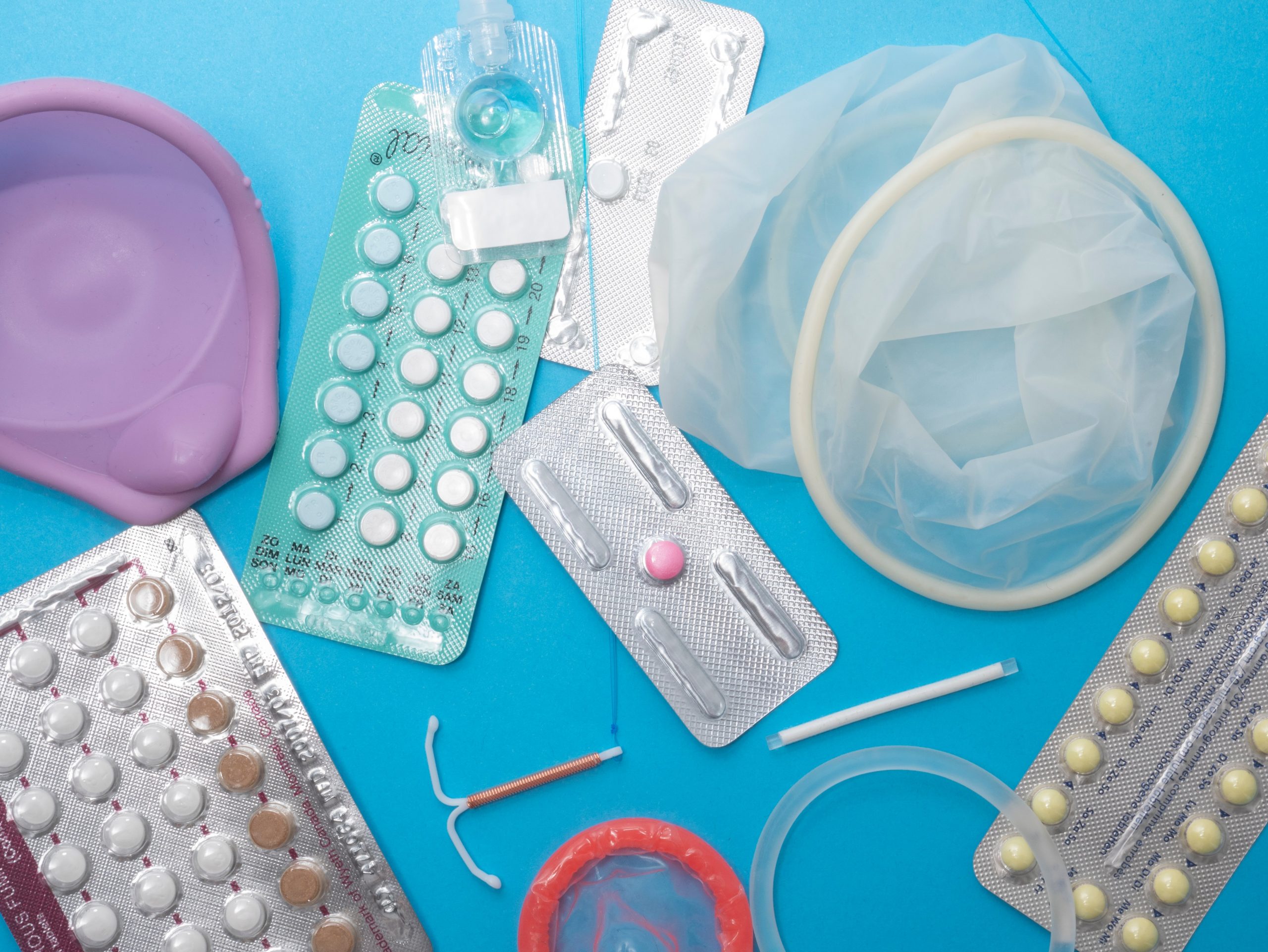
Finding the right contraception method shouldn’t be trial and error, says Elena Rueda Carrasco. She tells FemTech World why understanding contraception is more important than ever.
“Despite encouraging research, a male birth control pill remains elusive,” reads a recent headline in The New York Times.
Although, according to the article, scientists have been researching ways to create a male birth control pill since the 1970s, negative side effects, such as weight gain, acne, irritability and mood swings, have been responsible for not licensing any products for use.
“A woman can struggle with the same symptoms in silence – something rather normalised in our society,” says Elena Rueda Carrasco, medical scientist and co-founder and CEO of Dama Health, a company that offers personalised contraception recommendation. “Many women are being told from a very young age that the pain they are experiencing is normal,” she adds.
Indeed birth control side effects, such as weight gain, mood changes and headaches, affect eight in ten women, but are yet deemed too dangerous for developing a pill for men.
“The side effects and the impact of different contraception methods on women have been very normalised when you compare it to other areas of medicine,” Rueda explains. “In a lot of cases, women end up with conditions like endometriosis and PCOS – polycystic ovary syndrome – because their symptoms are often ignored and early diagnosis is not achieved.”

Elena Rueda Carrasco, co-founder and CEO of Dama Health
Figures suggest that medical consultations are too short to offer the right guidance and on average, women try 3.5 different contraceptive methods before finding the one that works for them.
“In the UK, we have such a fragmented [health] system,” the co-founder says. “As a woman, you can get your contraception through your GP, you can go to a sexual health clinic, you can speak to a nurse or a pharmacist. And from our own research, we found out that for many women, this is very confusing.
“Most of the time women will probably call or visit their GP and the GP is actually not a specialist,” Rueda points out. “The GPs are doing a bit of everything, with just a couple of contraception methods they’re comfortable prescribing. Therefore, communication is really hard when you have this fragmentation happening and you don’t really know where to go and who to speak to”.
Dama Health aims to personalise and tailor the way women are being prescribed contraception, screening for and identifying the side effects that women might experience individually. An algorithm would then match them to the recommended contraceptive options that are most suitable for them.
“As a team, we are all scientists and doctors by background, and we were all experiencing this problem of trial and error in the way that women were being prescribed hormonal medication and in this specific case, contraception,” the CEO says.
“I think it all came from personal experience and we all felt that it was an issue. Our chief medical officer, Dr Aaron Lazorwitz, is an OBGYN doctor and he experienced it in clinic, whereas myself and Paulina Cecula [her co-founder] experienced it as women. Paulina is also a medic and she was seeing that actually, doctors were having difficulties and the whole thing ended up being like ‘try this and come back if there’s a problem’.
“We thought that there’s a huge inefficiency [within the system] in this day and age. Women shouldn’t be having to trial and error to find if something is good for them,” Rueda adds. “So that drove us to start doing screening tests, making everything a lot more personal and helping the medical community to make the best decisions when it comes to contraception methods.”
She says that at the heart of this, education and communication are extremely important. “Women and young adults need to be educated around the topic of contraception better,” the CEO says.
“Women especially feel unable to verbalise how they feel, they can’t actually communicate it. So part of our solutions through the screening process, is to ask the right questions that help women understand their bodies and have a better conversation with their doctor.
“For that reason, I think personalised medicine is the future because actually, this one-size-fits-all approach isn’t working. When it comes to medication, you really do need to get that personalisation because the inside of us is so different and so unique.
“With technology becoming cheaper, we have the tools and the ability to make it more personalised and that essentially means taking into account medical history, preferences, maybe some biomarker information and just putting them together to be able to tailor the right treatment option.”
Experts like Rueda believe that very often huge amounts of data are being lost because of a lack of a data tracking system and that subsequently, makes the entire research process harder. “A doctor doesn’t tell you ‘Hey, try this contraception and tell me how you feel’ and actually write a report on it,” she explains. “That information is, therefore, not being captured. That’s dangerous because so much information is not being taken into account.”
But how could data tracking help the medical world? “A doctor is always going to use quantitative and qualitative data to make decisions, so symptom-tracking is one of the most powerful things that we can do as patients,” Rueda adds. “Data has so much power because it helps you essentially prove your point in an argument and is the fastest way to get information and to accelerate research.”
Walking into the clinic, as a woman, and feeling empowered is something that the CEO would like to see in the future and she also hopes that her company will support all women equally.
“The most important thing [for Dama Health] is to be able to be as accessible as possible and help women from different backgrounds. That impact is really important for us and also just working with the medical community and trying to implement our screening tests that could be easily accessed by anyone.”
The team will also be recruiting for beta testers and clinical in Q4 of 2022. If you are UK-based, you can sign-up here to be part of future clinical trials and research programmes.
For more info, visit damahealth.com.
Motherhood
UK: Babies born to black mothers 81% more likely to die in NHS care
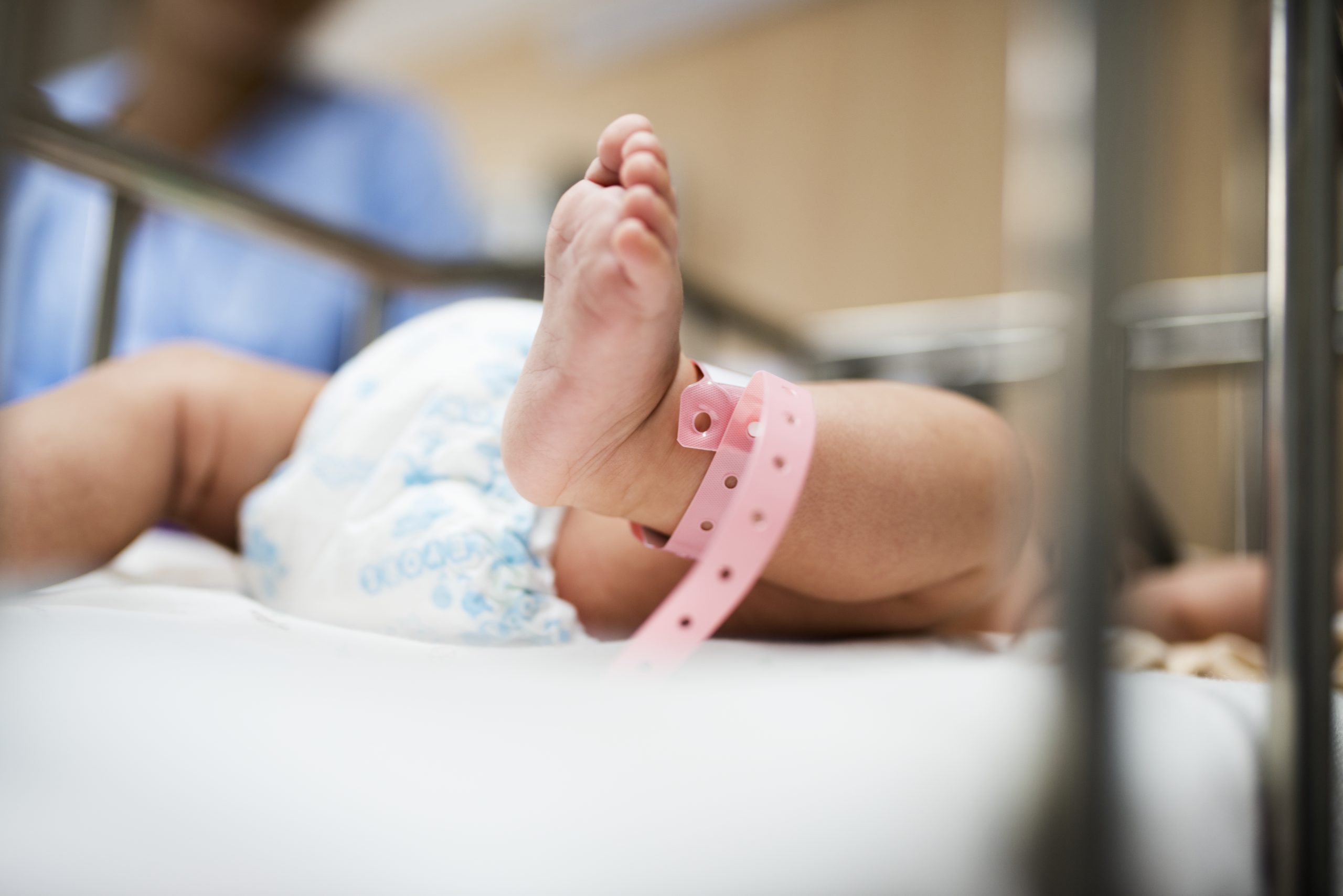
Babies born to black mothers in England and Wales are 81 per cent more likely to die in neonatal units than those born to white mothers, new data has revealed.
An analysis of more than 700,000 babies admitted to NHS neonatal units between 2012 and 2022 also found that those from the most deprived areas faced a 63 per cent higher risk of death.
The study, covering hospitals across England and Wales, revealed what researchers called “deeply concerning” levels of inequality.
Samira Saberian, a PhD student at the University of Liverpool and the study’s lead author, said the findings showed that “socioeconomic and ethnic inequalities independently shape survival in neonatal units, and maternal and birth factors explain only over half of the socioeconomic and ethnic inequalities”.
“To reduce these inequalities, we need integrated approaches that strengthen clinical care while also tackling the wider conditions affecting families,” the researcher added.
“By improving services and addressing the root drivers of inequality, we can give the most vulnerable babies a better chance of survival.”
Neonatal units provide specialist care for premature babies or those born with serious health conditions. The mortality rates reflect deaths before discharge from these units.
Black babies had the highest mortality rates for most of the study years, peaking at 29.7 deaths per 1,000 babies.
The highest rate among white babies was 16.9 per 1,000.
For babies born to mothers in the most deprived areas, the highest mortality rate reached 25.9 per 1,000 in 2022, compared with 12.8 per 1,000 among those from the least deprived areas.
The study is the first to examine both socio-economic and ethnic inequalities in neonatal units.
Researchers said the results highlight factors beyond medical treatment that influence survival rates.
Even after accounting for maternal and birth factors, the 81 per cent higher risk for black babies remained, pointing to structural inequalities that require solutions beyond clinical care.
News
Researchers achieve first pregnancy using AI to recover sperm in infertile men
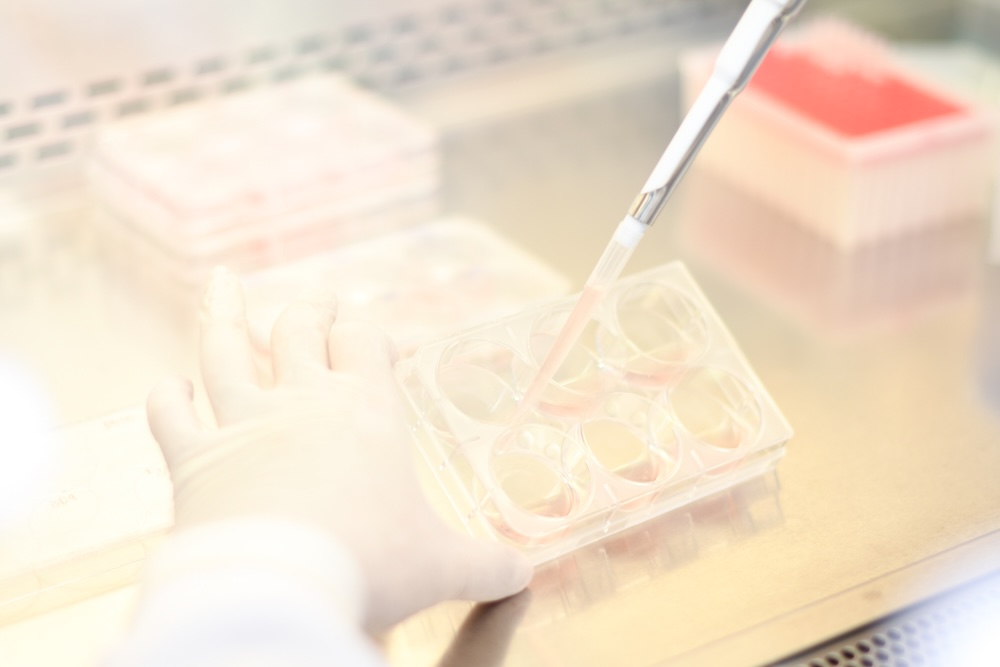
Researchers have reported the first successful pregnancy using an AI-guided sperm recovery method in infertile men with azoospermia, a condition where ejaculate contains little or no sperm.
The case involved a man who had spent nearly 20 years trying to start a family, undergoing multiple IVF cycles, manual sperm searches and two surgical procedures.
Male factors account for around 40 per cent of infertility in couples, and 10–15 per cent of infertile men have azoospermia.
Researchers at Columbia University Fertility Center developed the technique, detailed in a research letter published online on 31 October 2025.
Zev Williams is senior author and director of the Columbia University Fertility Center.
Williams said: “A semen sample can appear totally normal, but when you look under the microscope you discover just a sea of cellular debris, with no sperm visible.”
Many couples with male-factor infertility are told they have little chance of having a biological child.
Men with azoospermia may undergo a procedure to have sperm surgically extracted from the testes, but the procedure is often unsuccessful and can cause vascular problems, inflammation or a temporary drop in testosterone.
Currently, a few specialist labs manually inspect semen samples — a slow and expensive process — often after centrifugation or other treatments that can damage sperm.
“The field has really been challenged to find a better way to identify and retrieve viable sperm cells in men with exceedingly low sperm counts,” Williams said.
The new approach, called STAR (Sperm Tracking and Recovery), combines imaging, microfluidics and AI to identify and recover rare sperm cells from men with azoospermia.
The method uses high-powered imaging to scan semen samples, taking more than eight million images in under an hour.
AI then pinpoints sperm cells, and a microfluidic chip – a device with tiny, hair-like channels – isolates the portion containing sperm.
Within milliseconds, a robot gently removes the sperm so it can be used to create an embryo or frozen for later use.
Hemant Suryawanshi is assistant professor of reproductive sciences at Columbia University Vagelos College of Physicians and Surgeons and project leader.
Suryawanshi said: “Our team included experts in advanced imaging techniques, microfluidics, and reproductive endocrinology to tackle each step required to find and isolate rare sperm.”
STAR was tested in a patient who provided a 3.5 mL semen sample.
Within about two hours, it scanned 2.5 million images and identified two viable sperm cells, which were used to create two embryos and start a pregnancy.
“You only need one healthy sperm to create an embryo,” Williams said.
Although based on a single case, the findings demonstrate the feasibility of using this technology to help men with azoospermia overcome long-standing barriers to biological parenthood.
Larger clinical studies are now under way to assess STAR’s efficacy in broader patient populations.
The research team first unveiled the STAR method earlier this year, combining advanced imaging and microfluidic technologies to detect and extract rare sperm cells.
Once identified, the system can remove sperm within milliseconds for immediate use or freezing.
Diagnosis
Women need clearer guidance on home birth risks, experts say
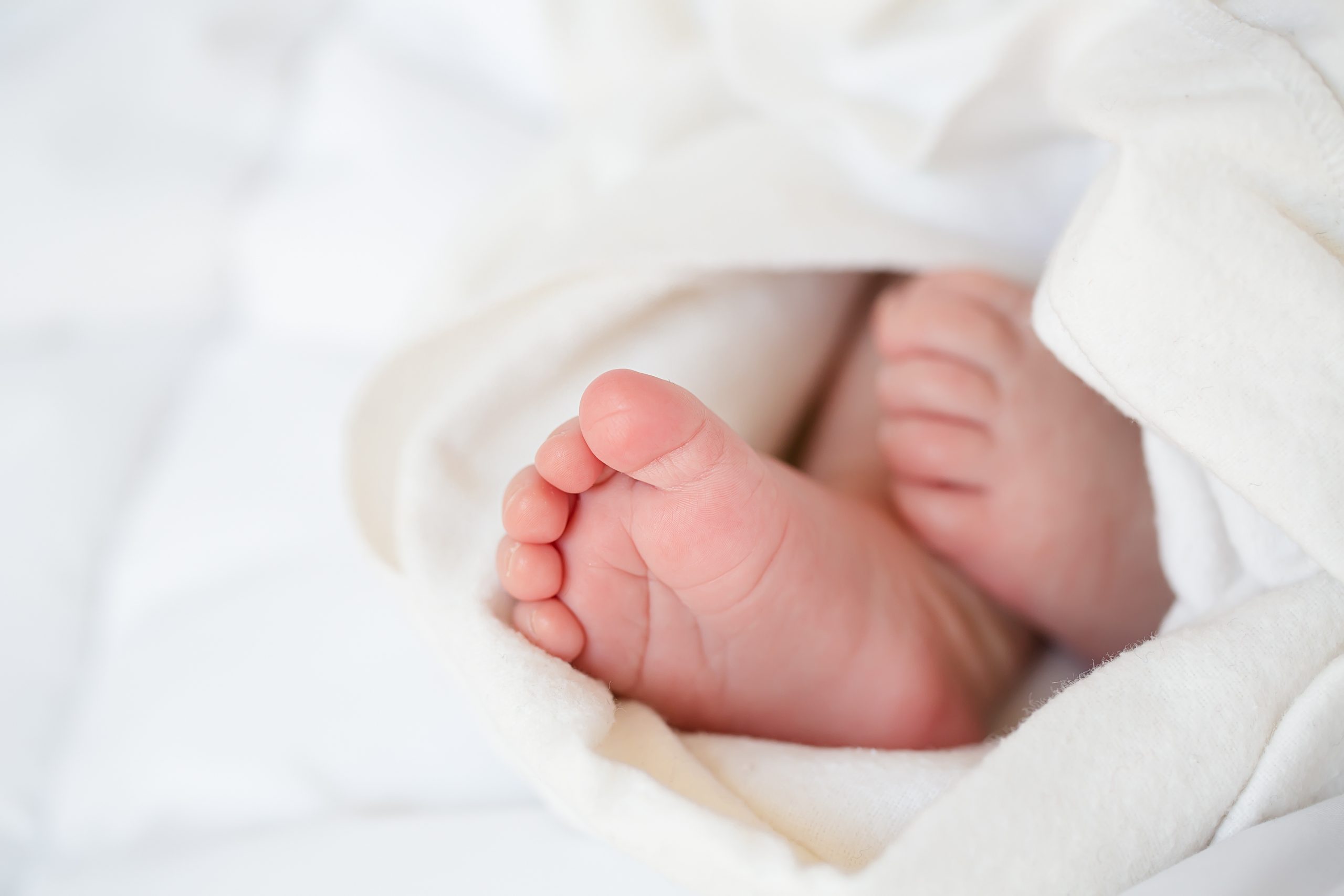
Women must receive clearer warnings about the potentially fatal risks of home birth and should only be supported by experienced midwives, experts have said.
The calls follow a coroner’s ruling in Rochdale, England, that Jennifer Cahill, 34, and her baby, Agnes Lily, died after a home birth in June 2024 due to “a gross failure to provide basic medical care”.
Leading doctors, academics and maternity experts told The Guardian that access to safe home birth services is inconsistent and varies widely depending on location.
They said staffing shortages, inconsistent training and differing local policies make it difficult to ensure reliable care.
Kim Thomas, chief executive of the Birth Trauma Association, said: “This is an unbearably sad case of two avoidable deaths.
“We often hear from women who, having had a deeply traumatic first birth in hospital, are reluctant to give birth in hospital again. Some choose not to have another baby, while others opt for home birth.
“Unfortunately, for women like Jennifer Cahill, who had experienced numerous complications in her previous birth, a home birth can be particularly risky.
“Several things seem to have gone wrong in this case. It seems staff were reluctant to spell out the risks to Mrs Cahill, so she was not able to make a fully informed decision.”
Cahill died at North Manchester General Hospital hours after suffering a haemorrhage while giving birth at home in Prestwich on 3 June 2024.
Her baby, Agnes, was delivered not breathing, with the umbilical cord wrapped around her neck, and died days later at the same hospital.
Manchester University NHS Foundation Trust apologised and admitted there were “serious failures” in the care given to Cahill and her baby.
Her pregnancy had been classed as high-risk because she had suffered a postpartum haemorrhage – heavy bleeding after delivery – following the birth of her first child in 2021.
Cahill had been advised to give birth in hospital, but her husband, Rob, told the court that the dangers of a home birth were not fully explained.
Staff used phrases such as “out of guidance” rather than “against medical advice”, and the risk of death was not explicitly mentioned.
He said his wife chose home delivery after finding her first hospital birth “highly stressful”.
The inquest heard that both community midwives attending the birth had not seen or been aware of the Cahills’ birth plan.
Each had already worked 12-hour shifts and had been awake for more than 30 hours.
Vital notes, including blood pressure readings and the baby’s heart rate, were not properly recorded — the latter written on an incontinence pad that was later discarded.
Thomas said: “The midwives had come straight to the birth from very long shifts and seemed to lack the expertise and experience needed to handle a complex home birth.
“While we support the right of women to choose home birth, they do need the risks explained to them in full so that they can make an informed decision.
“We also believe it is unreasonable and unethical to expect midwives to attend a home birth after a 12-hour shift, when they must have felt exhausted.
“Only highly experienced midwives should attend home births where the woman has been categorised as high-risk.”
One of the attending midwives told the court there was “unease in the office” about home birth requests.
Staff were “nervous about being on call” and some “would do anything to get out of being on call”.
Dr Shuby Puthussery, associate professor in maternal and child health at the University of Bedfordshire, agreed that only experienced midwives should attend home births.
“Home births should be supported by experienced midwives with enhanced midwifery skills who are formally assessed as competent and confident to provide care for women within the home birth environment,” she said.
“While home births promote women’s choice and are becoming increasingly popular, neither reckless promotions nor blanket bans are the way forward.”
She said it was “absolutely crucial” that health professionals hold “open and transparent” discussions about “the potential for worse outcomes” if complications arise, including the time required for hospital transfers during emergencies.
“The advice to women who have medical conditions or have had a previous complicated birth, or are giving birth for the first time, is to give birth in a hospital or facility with immediate and direct access to specialist care,” Puthussery said.
Professor Asma Khalil, consultant obstetrician in London and maternal-foetal medicine expert, said the evidence about home birth risks is clear.
“For healthy women with a low-risk pregnancy who have had an uncomplicated birth before, a home birth may be suitable when supported by a qualified midwifery team.
“However, evidence shows that home birth carries higher risks for babies, particularly for first-time mothers or those with high-risk pregnancies.”
-

 Hormonal health3 weeks ago
Hormonal health3 weeks agoDozens of women report suffering painful burns after using Always sanitary towels
-

 News4 weeks ago
News4 weeks agoWomen’s health innovations recognised in TIME’s Best Inventions 2025
-
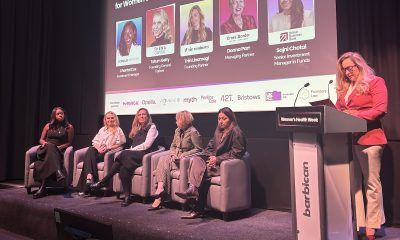
 News3 weeks ago
News3 weeks agoCutting through the noise in femtech – key takeaways from Women’s Health Week 2025
-
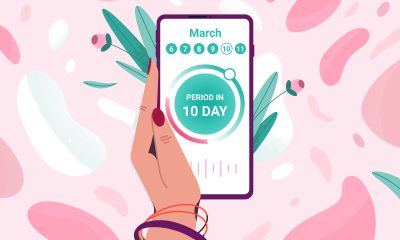
 Diagnosis4 weeks ago
Diagnosis4 weeks agoMenstrual cycle affects women’s reaction time, study finds
-
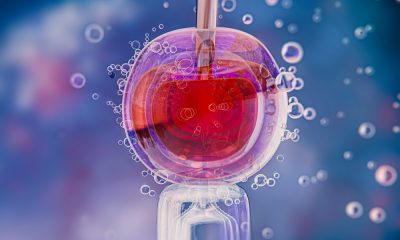
 Fertility2 weeks ago
Fertility2 weeks agoAI embryo selection tool wins European approval
-

 Diagnosis3 weeks ago
Diagnosis3 weeks agoScientists develop breakthrough approach to detecting endometriosis in menstrual blood
-
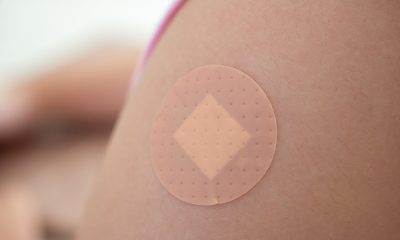
 News2 weeks ago
News2 weeks agoTestosterone patch shows promise for menopausal women
-

 Features2 weeks ago
Features2 weeks agoFrom SEO to GEO: How women’s health brands can get found in the age of AI




























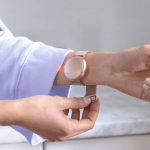
Pingback: Pill problems: Why are women still struggling to access the right contraception, and how can healthtech help? - FemTech World